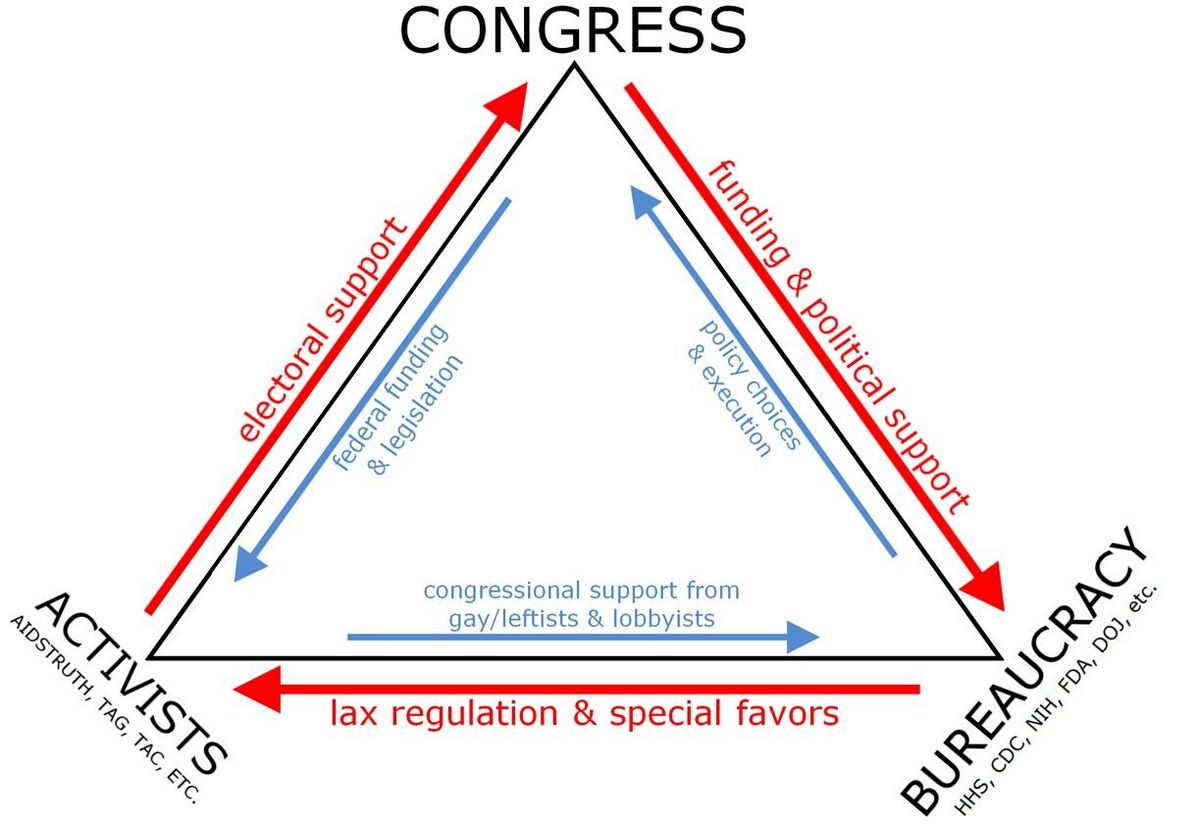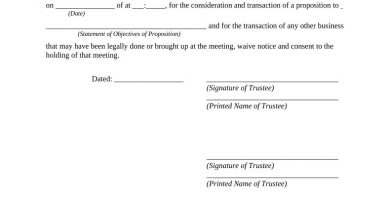What Is a Bureaucracy and How It Works With Examples

Bureaucracy refers to a complex organization with multilayered systems and processes that effectively slow down decision-making. It is commonly found in governments, corporations, and other large organizations, where it is responsible for maintaining uniformity and control.
Bureaucracies are often criticized for prioritizing procedures over efficiency. They can render systems formal and rigid, especially when safety procedures are crucial. Despite the negative connotations, bureaucracies have their merits. They stem from closed systems that aim to lead organizations and maintain order. Hierarchical procedures are a defining characteristic, simplifying decision-making.
Bureaucracy should not be confused with governance or administration. Bureaucracies focus on procedural correctness, while governance encompasses decision-making, oversight, data collection, and reporting. Administration, on the other hand, directs resources towards specific goals.
Bureaucracies exist in various sectors, such as oil companies that establish safety check procedures for their employees. However, they are not without criticism. Rigid bureaucracies hinder operational efficiency, especially when they protect established power structures. The U.S. government is known for its bureaucratic rigidity, making it difficult to terminate poor performers.
Examples of bureaucracy are found in workplaces, schools, and governments, with individuals occupying hierarchical positions based on their skills and merits. Bureaucracies have been questioned in terms of their effectiveness, with some arguing that they prioritize decision rights over decision making. However, they have also been credited for significant achievements, such as the Glass-Steagall Act and the social programs of the New Deal.
The concept of bureaucracy dates back to ancient times but gained prominence in 18th century France. It is a hybrid word combining the French term for desk or office and the Greek word meaning to rule. German sociologist Max Weber expanded on the idea, emphasizing efficiency, clarity in roles, and its role in capitalism.
A bureaucrat refers to a member of a bureaucracy, whether in government or a position of power in private organizations.
While bureaucracies can streamline processes and ensure fairness and equality, they are often criticized for valuing procedures over efficiency and generating red tape. Their common characteristics include a hierarchical structure, formal rules and regulations, and specialization.
Ultimately, bureaucracies are an integral part of organizational structures, aiming to maintain order and ensure compliance with rules and regulations. Whether deemed positive or negative, they are here to stay.



